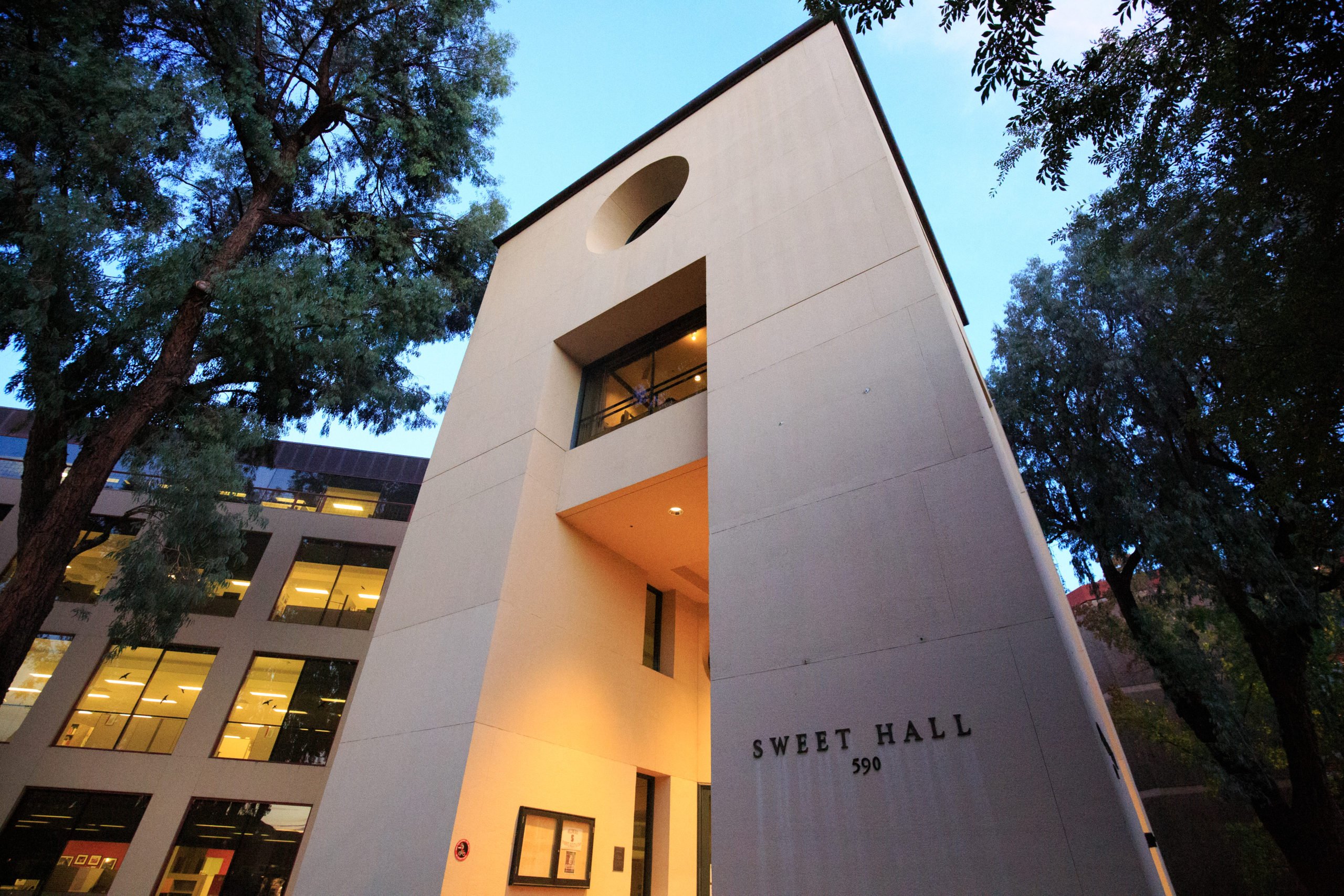Academic advisors encouraged students to explore notations and interdisciplinary honors, especially those who are interested in multiple fields but lack the time to double major between extracurricular activities, athletics and part-time work.
Many undergraduates at Stanford pursue just a singular major, according to academic advisor Jelena Baltinic. For those who don’t have the time for a minor or second major, notations and interdisciplinary honors are opportunities to demonstrate academic engagement in additional fields without committing to multiple additional courses. These designations also appear on transcripts.
“Whether a student chooses to pursue one of these options often depends on the other things a student is trying to fit in,” such as a quarter abroad or coterminal classes, wrote academic advisor Melanie Burkett.
The choice ultimately comes down to a student weighing “all the various academic experiences they are interested in and [figuring] out what their priorities are,” she wrote.
What is an interdisciplinary honor?
Stanford offers a variety of departmental honor programs, but the interdisciplinary honors program is different in that it allows students to pursue an honors project in a field outside of their major.
The current offerings include: arts; comparative studies in race and ethnicity; democracy, development, and the rule of law; education; ethics in society; feminist, gender, and sexuality studies; international security studies and science, technology, and society.
Most application processes for interdisciplinary honors take place during the winter quarter of junior year. The programs usually require that students maintain a minimum GPA, take selected classes and complete a thesis or capstone project.
The University advises students considering an interdisciplinary honors program to undertake a significant research opportunity during their frosh or sophomore year and to consider applying for a Chappell-Lougee grant if they are interested in the humanities or social sciences. Students are also encouraged to find a faculty advisor in their junior years, when they are applying for interdisciplinary honors, as well as to consider writing a major grant proposal to fund individual research projects.
What is a notation?
Notations appear on a student’s transcript as indications of advanced work in rhetoric and communication. They are comparable to a minor, but focus on the completion of an interdisciplinary ePortfolio along with coursework and advising. Notations are available in cultural rhetorics and science communication.
Harriett Jernigan, coordinator for the notation in cultural rhetorics, describes the program as “complement[ing] students’ majors and minors by functioning as the intercultural glue that binds their coursework together.”
“The Notation in Cultural Rhetorics asks students to examine the role that culture plays in our everyday lives, but especially in our scholarship,” Jernigan wrote. “It supports them in synthesizing their work through a novel lens and gives students the opportunity to showcase the arc of their intellectual development from a cultural perspective.”
The notation can be seen as valuable in front of future employers, demonstrating that the students have pursued academic experiences related to diversity, equity and inclusion.
The notation emphasizes the traditions and practices from communities of color that rhetorical study has not always recognized, Jernigan added, encouraging students to improve their writing and oral presentation abilities through a well-sourced investigation of culture.
The notation in science communication, on the other hand, focuses on helping undergraduates develop the skills to communicate highly technical information through various mediums. The notation is designed to enhance a student’s ability to communicate to prospective employers, journalists and the wider public.
Biology major Tanvi Gupta ’23 said that the “classes in the notation made me reflect critically on the value and purpose of science as a whole as we considered how it was communicated, and it reshaped how I approached research and my professional goals.”
Maria Albuquerque ’25 described her pursuit of the notation in science communication as an opportunity to “learn different ways to communicate science to different audiences and for different purposes.”
“There is also a freedom to choose what forms of communication you want to focus on as you work on projects,” Albuquerque said. “I also really enjoy the portfolio aspect of the course that allows me to have an organized website with my projects and put everything together to describe my purpose and interests as a scientist and science communicator.”
